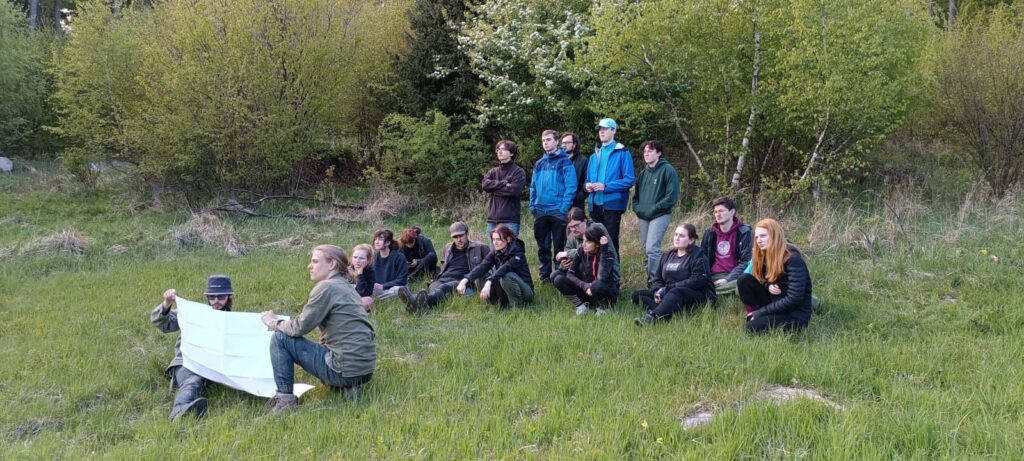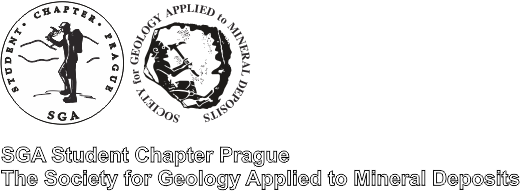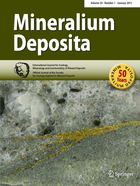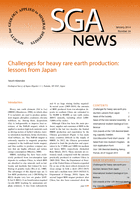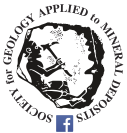The excursion took place from 24.4.-28.4.2024 in the locality of the neovolcanic Slanské vrchy mountain range, which extends in the eastern part of Slovakia east of the city of Prešov and with its length of 100 km extends to the territory of neighboring Hungary. The Slovak part of the mountain range consists dominantly of andesite stratovolcanoes reaching heights from 800 m.a.s.l. up to 1092 m.a.s.l., which stretch in a crescent-shaped chain from north to south. They were formed at the fault interface between the tectonic units of the Západní Karpaty (gemerikum, fatrikum) in the west and hard-to-classify units in the east – zemplinikum, Pozdišovsko-Inačovská unit. The first magmatic activity is dated to the Lower Miocene as a result of the Alpine orogeny. The well-recognizable stratovolcanoes include, from north to south: Šťavnica, Zlatobáňský, Makovica, Strechovy vrch, Bogota, Hradisko, Bradlo and Velký Milič. During their formation, parts of them also underwent significant hydrothermal transformation, during which ore and opal mineralization were established.
some visited localities:
Zlatá Baňa
– Zlatobansky stratovolcano
– 140 types of minerals described
-polymetallic (Mo-Cu-Pb-Zn-Ag) and antimony mineralization
– antimonite, amethyst, bournonite, boulangerite, metastibnite, cinnabarite, galena, pyrite
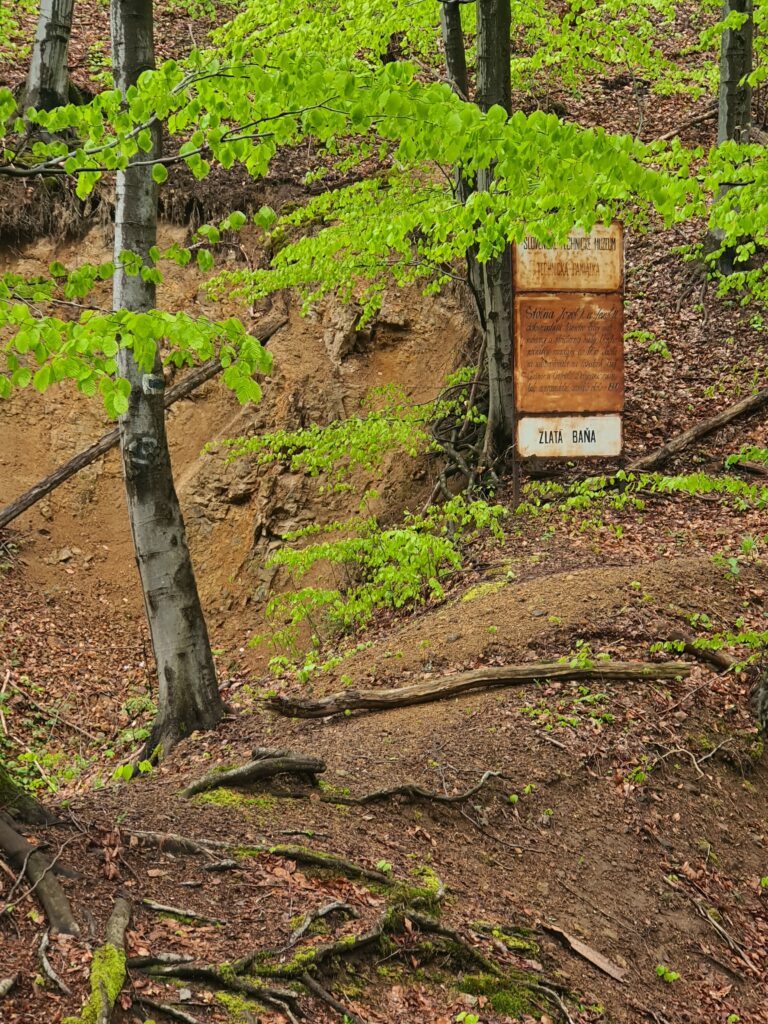
Dubnik
– the southern part of the Zlatá Baňa stratovolcano
– the formation of mineralization in andesite lava flows by post-magmatic hydrothermal activity
– significant deposit of opals (precious, milky, hyalit)
-historical mining of cinnabarite as an ore of mercury
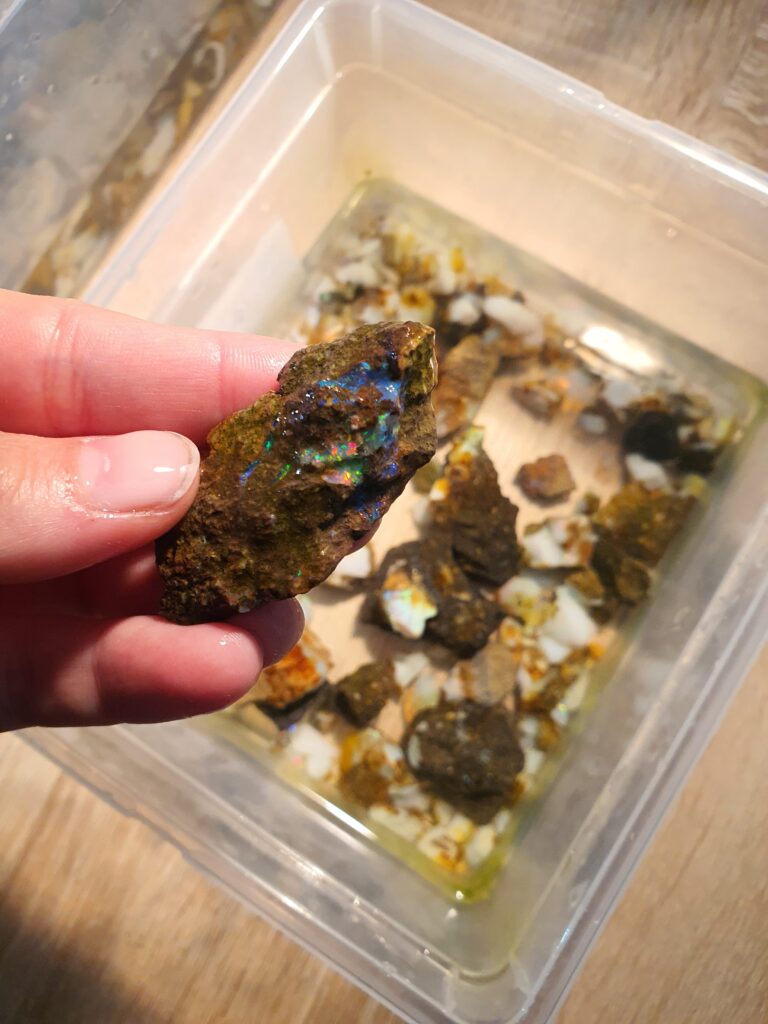
Herlany
-Strechový vrch stratovolcano
– the famous mäsovy opal of a brown-red color
The next part of the excursion took place in an elevation formed by Permocarbon continental sediments with anthracite and thick layers of tuffs – the Zemplinské vrchy. It is a synclinal structure of a complex structure consisting mainly of highly metamorphosed rocks (mainly gneisses, amphibolites).
Byšta – Brezina
-near the Velký Milič stratovolcano
– agates, chalcedony
Velká Trňa
– the western slope of the Zemplinské Vrchy
-Anthracite
